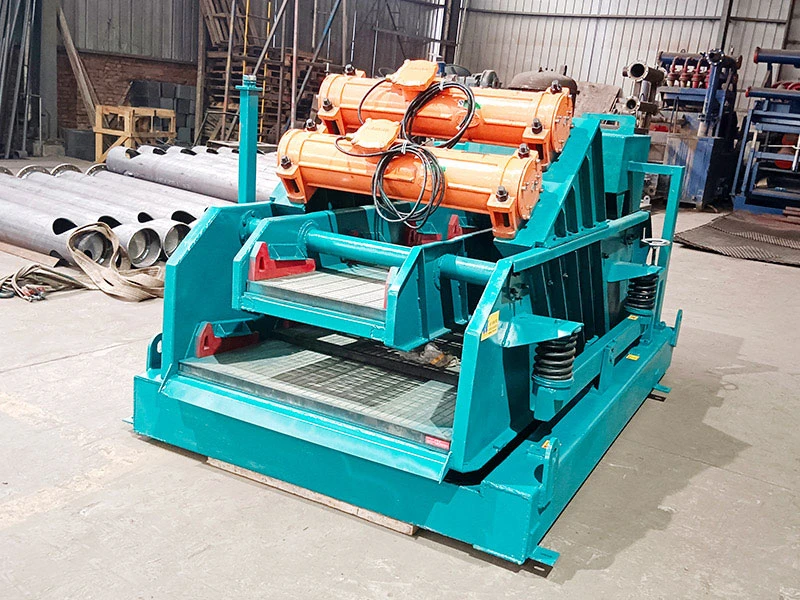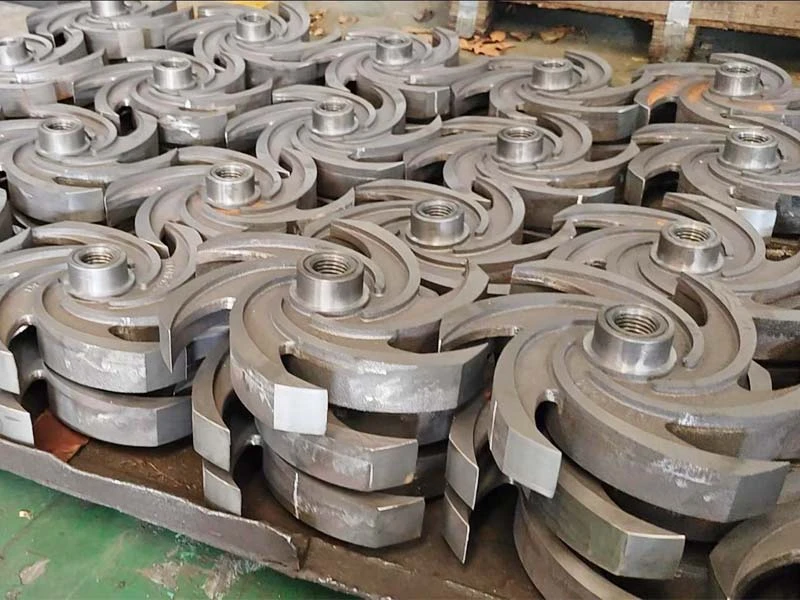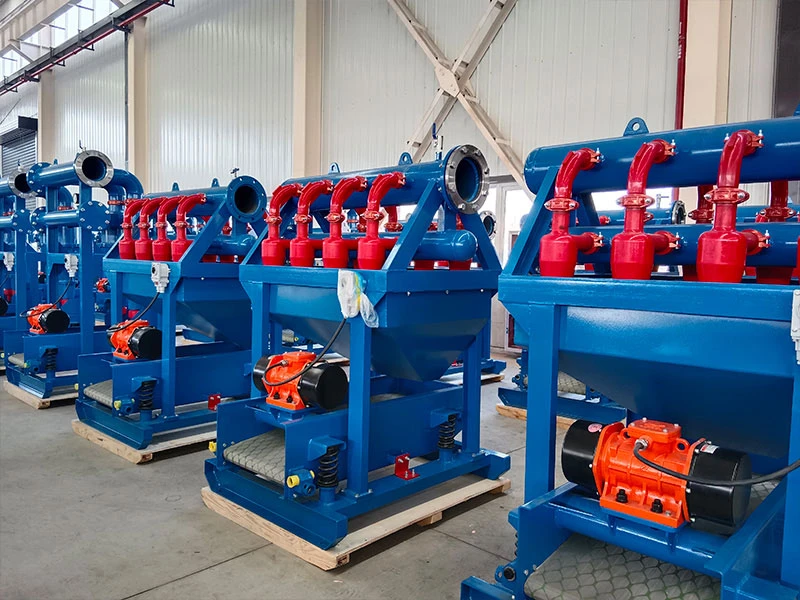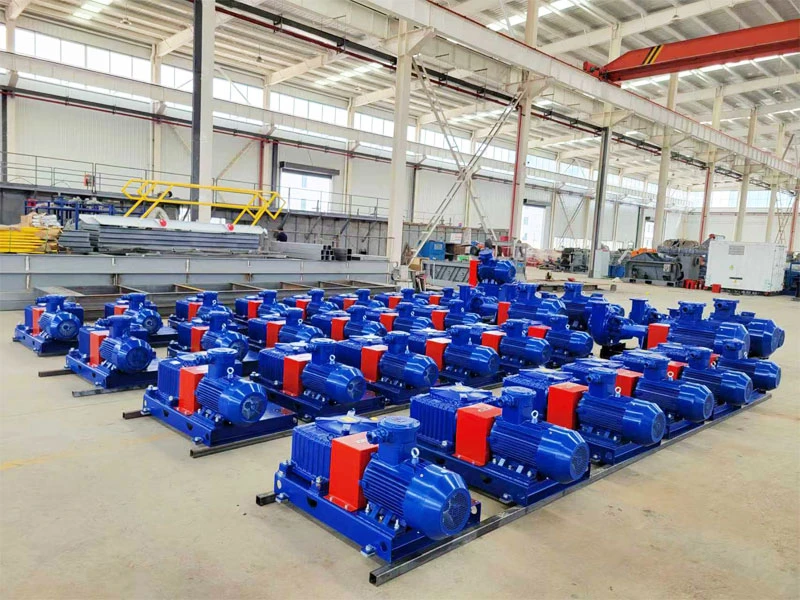The double-deck shale shaker is vital for processing drilling mud. It often suffers from clogging, which hinders its primary job of filtering solids. This common issue stems from three main causes: inadequate pre-screening, the nature of the screen, and poor maintenance.

Causes of Double-Deck Shale Shaker Clogging
1. Ineffective Pre-Treatment of Drilling Fluid
The most fundamental cause relates to the initial preparation of the drilling fluid. While the process should involve crushing and removing large impurities like mud and pebbles to minimize strain, improper operation or outdated equipment at the drilling site often results in incomplete solid particle breakdown and elimination. When insufficiently processed fluid enters the screen, the large, uncrushed solids place an immediate and excessive strain on the mesh, significantly increasing the likelihood of blockage.
2. Mesh Accumulation and Clogging
O ecrã‘s mesh itself is a frequent point of failure. Solid particles accumulate over time, gradually reducing the effective aperture size of the mesh. This accumulation eventually leads to the mesh becoming smaller or completely clogged. Although screen replacement or cleaning can resolve this, severe, prolonged blockage severely impairs the proper filtration of the drilling fluid, compromising the cleanliness and recycling efforts.
3. Neglected Maintenance and Upkeep
The complex structure of shale shaker necessitates frequent maintenance and upkeep for optimal performance and longevity. However, operational realities on construction sites—characterized by time constraints and heavy workloads—often lead to this crucial aspect being overlooked. Inadequate maintenance shortens the screen’s service life, making the equipment generally more prone to material blockage and component failure.
Summary and Solution
The core problems leading to the blockage of double-deck agitadores de xisto are inadequate solid particle crushing and elimination, mesh accumulation and clogging, and insufficient equipment maintenance. These operational hindrances can be effectively mitigated through a commitment to improved equipment management and regular, proactive maintenance protocols.


